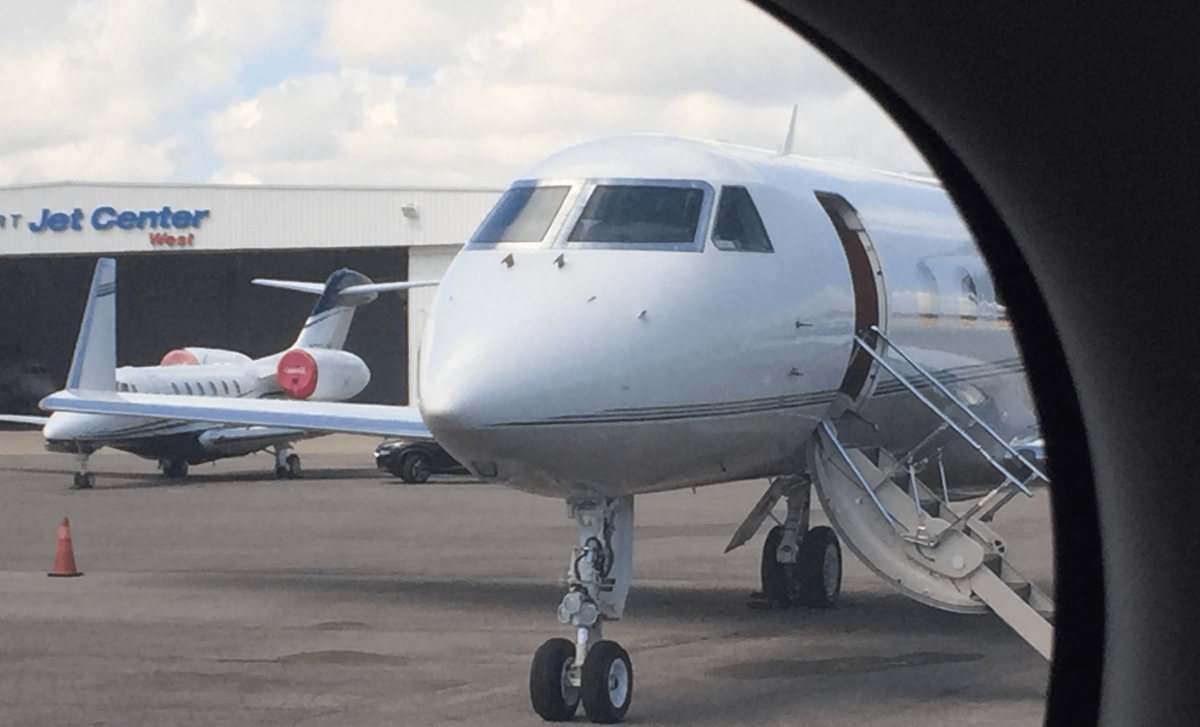
Jet cards are gaining popularity as private jet flyers, new and old, look for fixed one-way pricing and guaranteed availability. There is often an urge to buy and fly – fast. If you’ve never bought a jet card before, you may view it as booking a hotel or an airline ticket. That’s a big mistake.
If you are spending $100,000 and possibly much more, the contract you are signing contains the rules and policies that guide how much you will be charged, when you can fly, and a myriad of other important terms. Some contracts range up to 30 pages or have multiple riders. Seldom do those beautiful brochures with puppies and cute kids have the information you need to make educated comparisons and decisions.
Here are some of the key rules and policies that are often omitted from marketing brochures, but are in the contract.
Many times you will see hourly rates that look impressive, significantly less expensive than another provider. Why? In some cases, they don’t include mandatory taxes or supplemental fuel surcharges.
Then there’s the question of how they will apply to your trips? Are the daily and segment minimums longer than your actual flights? If you make a 60-minute flight and your program has a daily minimum of 120 minutes, you get billed 120 minutes. All of a sudden, that $5,500 light jet rate might be $11,000, plus fuel surcharges, plus FET for that one-hour flight.
If you fly to the Caribbean, Mexico, or Canada, some programs have surcharges up to 60%. Others merely pass through a few hundred dollars of international fees.
So always check:
In comparing aircraft cabin categories and specific aircraft types, verify the minimum seat guarantee, particularly if you expect to be flying with all seats filled. For example, light jet programs typically guarantee six seats, although some only guarantee five seats, and others offer as many as eight seats. Some super-midsize programs guarantee eight seats, while others have nine as their guarantee.
If you need more seats than the guarantee, you could end up needing to upgrade to a larger aircraft or cabin category. If you bought into a program for its light jets because it had better rates than others, you looked at but found yourself having to upgrade to midsize aircraft. Upgrading from a super mid to a large cabin jet can be expensive.
And if you do need to upgrade – are upgrades guaranteed – and is there a surcharge, referred to as an interchange fee?
One-way pricing means you don’t have to pay repositioning fees. However, that service area where one-way pricing applies varies widely. Quite a few jet card companies don’t include the Caribbean, Mexico, or Canada. Very few include Hawaii or Central America. Even less have transatlantic rates. Within the Caribbean, Canada, and Mexico, it’s not necessarily all destinations included.
When you fly outside that area with one-way pricing, your provider will quote you rates that include repositioning fees. It can double the cost since the airplane is often either coming from or heading back to the Continental U.S. Providers change their one-way service areas from time to time. Make sure you verify the destinations you fly to are included before you buy or renew.
Do you change your plans? Now more than ever, there may be reasons you need to change on short notice. Examine the cancelation policy for the providers you are considering. If you cancel inside the deadline, you could lose your entire flight amount, so quite possibly tens of thousands of dollars down the drain.
Some jet cards don’t allow you to cancel bookings you made for peak days. Others allow you to cancel with as little as four hours’ notice. If you are using a jet card for business, what happens when a client calls to cancel? A program that looks more expensive based on hourly rate could end up saving you money if you need to cancel a few times inside the deadline.
While many folks say safety is their top priority, there are very few private jet accidents or incidents, and most of them are related to the Part 91 market. That’s aircraft operated for their owners’ non-commercial use, not Part 135, which governs charter and jet card flights.
That’s not to say you shouldn’t compare the safety standards of providers. You should! However, not taking the time to review other policy details can quite easily cost you tens of thousands of dollars. Subscribers to Private Jet Card Comparisons can access our comparison data of more than 50 providers measured by over 65 variables, including what I’ve mentioned in this article. Our QUICK COMPARE PRICING enables you to compare flight costs taking into account factors like daily minimums and additional fees. Still, you are entering a binding legal contract when you join a jet card program or membership. If you aren’t going to read your contract, have your lawyer do so. Preferably both of you should.